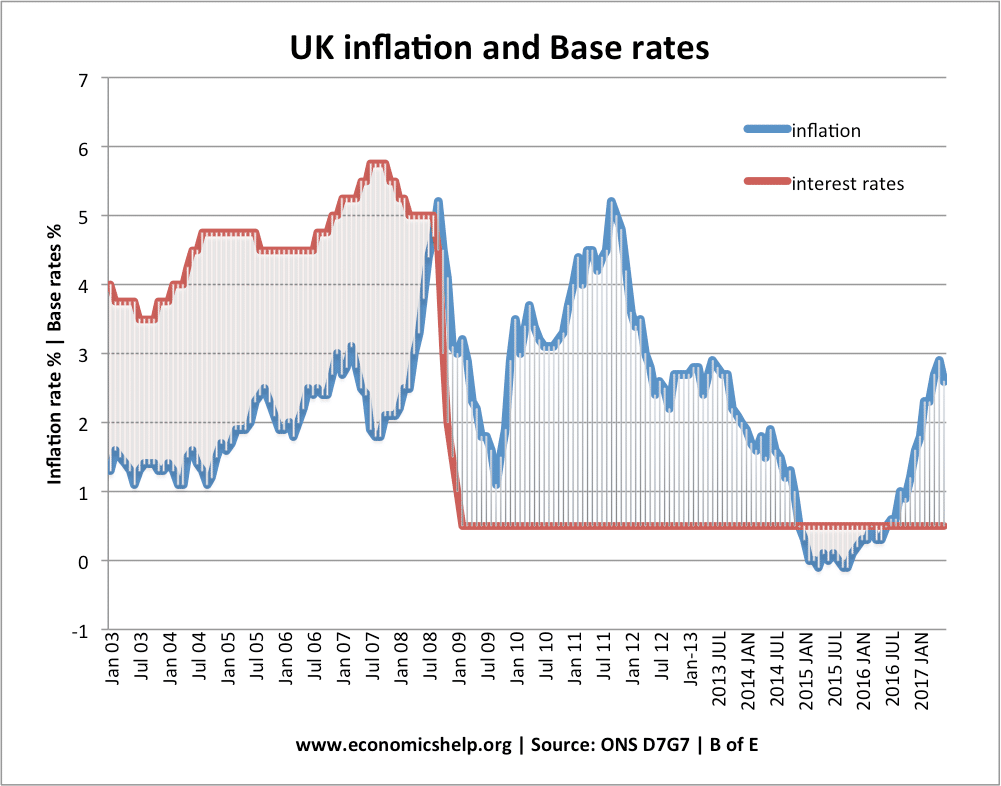
“0” indicates the probability of a crisis in a given year when there is no change in the underlying shock and all other variables included in the model are at their sample means. Note: Based on results from panel logit model with random effects. interest rate yield on EMDE crisis probability In contrast, reaction shocks (the anticipation of more hawkish Fed policy) substantially boost the probability that an EMDE will experience a financial crisis (figure 2). interest rates driven by real shocks lead to small changes in the likelihood of a crisis. We explore three types of financial crises: sovereign debt, banking, and currency. We then estimate the impact of these shocks on the probability of EMDE financial crises. Rising crisis probabilities in developing countries Figure shows cumulative change in underlying shocks and yields since January 2022. interest rates but lower inflation expectations and equity prices. interest rates and inflation expectations but lower equity prices. interest rates, inflation expectations, and equity prices (a proxy for economic prospects). Note: Shocks are estimated from a sign-restricted Bayesian vector autoregression (VAR) model with stochastic volatility. interest rates have been driven mainly by reaction shocks, as the Fed has pivoted toward more aggressive action to rein in inflation (figure 1). We find that, over the past year, rising U.S.

“Inflation shocks,” which reflect expectations of rising U.S.“Real shocks,” which are prompted by improved prospects for U.S.
#W will higher interest rates affect american finances drivers
In a recent paper, we distinguish between three potential drivers of rising U.S. interest rates upward during 2022 are especially likely to trigger financial crises in the developing world. Our work indicates that the types of shocks that have driven U.S. Interest rate increases in advanced economies-especially the United States-can create financial pressures in emerging market and developing economies (EMDEs). Or they can also increase due to expectations of more aggressive central bank policy. Alternatively, they can be pushed up by rising inflation expectations. Interest rates can go up due to expectations of improving economic prospects. All interest rate increases are not created equal.


 0 kommentar(er)
0 kommentar(er)
